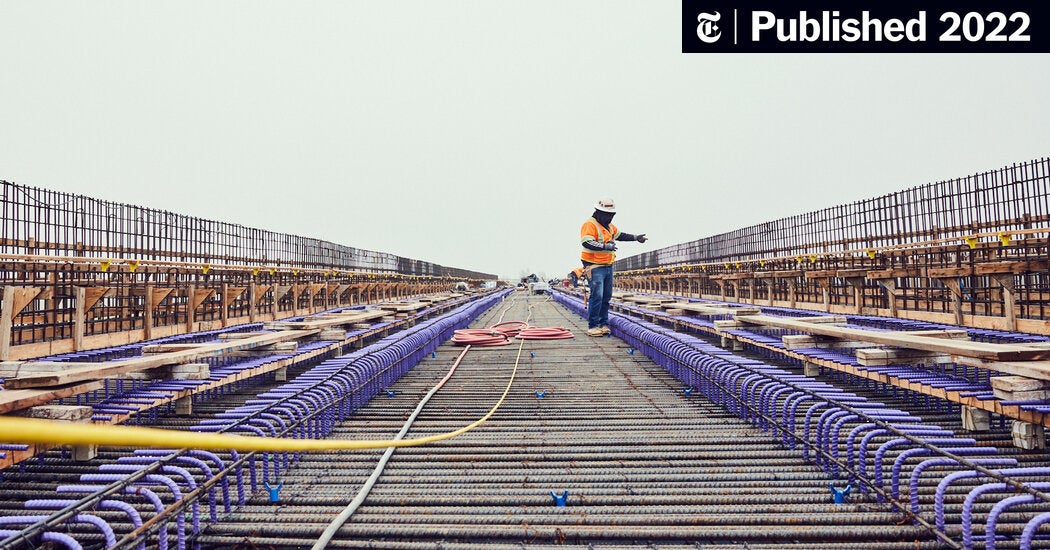- cross-posted to:
- politics@hexbear.net
- us_news@lemmygrad.ml
- cross-posted to:
- politics@hexbear.net
- us_news@lemmygrad.ml
This is the best summary I could come up with:
A review of hundreds of pages of documents, engineering reports, meeting transcripts and interviews with dozens of key political leaders show that the detour through the Mojave Desert was part of a string of decisions that, in hindsight, have seriously impeded the state’s ability to deliver on its promise to create a new way of transporting people in an era of climate change.
Collectively, they turned a project that might have been built more quickly and cheaply into a behemoth so expensive that, without a major new source of funding, there is little chance it can ever reach its original goal of connecting California’s two biggest metropolitan areas in two hours and 40 minutes.
When California voters first approved a bond issue for the project in 2008, the rail line was to be completed by 2020, and its cost seemed astronomical at the time — $33 billion — but it was still considered worthwhile as an alternative to the state’s endless web of freeways and the carbon emissions generated in one of the nation’s busiest air corridors…
And Quentin Kopp, another former rail chairman who earlier served as a state senator and a Superior Court judge, said the system would be running today but for the many bad political decisions that have made it almost impossible to build.
“The Palmdale route was borne of a deal between Epstein and Antonovich, absolutely,” said Art Bauer, the chief staff member on the State Senate Transportation Committee, speaking publicly on the matter for the first time.
A similar assessment was made by Hasan Ikhrata, a former executive director of the Southern California Association of Governments, the giant regional planning agency that helped build powerful support for the bullet train.
The original article contains 2,632 words, the summary contains 286 words. Saved 89%. I’m a bot and I’m open source!


